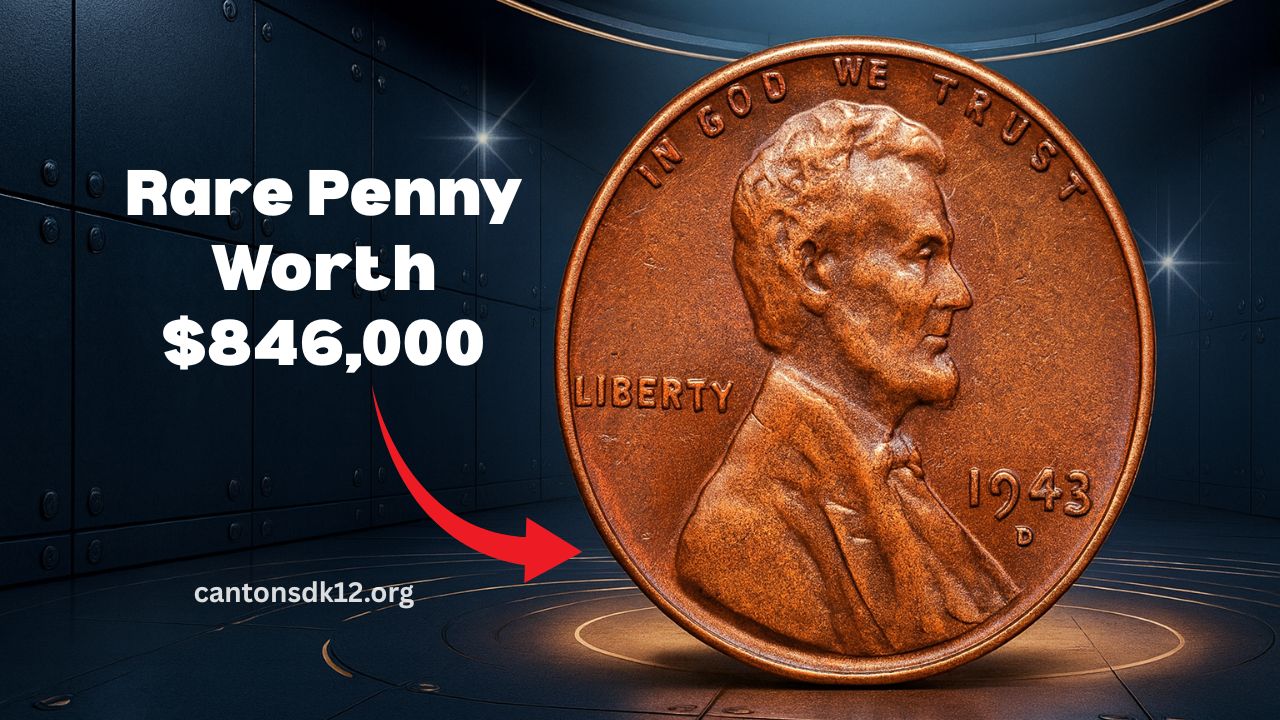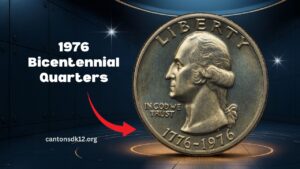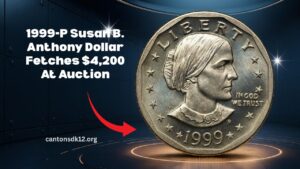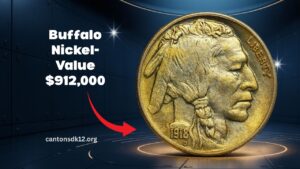A headline claiming a “Church Donation Penny Turns Out to Be Worth $846,000” has been making the rounds.
It’s a jaw-dropper—but is it real? As of August 13, 2025, there is no verified auction record or credible report of a church donation penny selling for $846,000.
What is real: a dramatic 2017 story where an Indiana church was saved by a donated rare coin—but it wasn’t a penny.
It was an 1866 Liberty Head Double Eagle ($20 gold coin) that sold for $517,000, helping GracePoint Church secure a permanent home.
What’s True vs. What’s Hype
Some blogs recycle sensational claims about donation-box “pennies” worth six or seven figures.
The closest well-documented church-donation windfall is the $517,000 GracePoint Church sale mentioned above—and again, that coin was gold, not a copper cent.
Another church-linked story involved an “Albany Church penny”—an early American token—that brought nearly $50,000 at auction in 2017, impressive but nowhere near $846,000.
Could a Penny Be Worth $846,000?
Yes—but typically not from a random modern cent. The small club of Lincoln cents known to bring six or seven figures are major minting outliers, especially World-War-era planchet mistakes:
- 1943 bronze (copper) cents—steel was standard that year; a handful were struck on bronze by mistake. The unique 1943-D bronze cent sold for $1.7 million in 2010.
- 1944 steel cents—by 1944, cents returned to bronze; a few were struck on leftover steel planchets and have sold in the six-figure range.
- High-grade 1969-S Doubled Die Obverse cents have realized five to six figures at auction.
Quick Reference
| Item | What actually happened | Verified top price range |
|---|---|---|
| “Church donation penny” fetches $846,000 | No verified record as of Aug 13, 2025 | — |
| GracePoint Church coin (Indiana, 2017) | Donated 1866 $20 gold coin sold to fund church | $517,000 auction result |
| Albany “Church penny” (token), 1790 | Early American church issue/token sold in 2017 | ~$49,350 |
| 1943-D bronze Lincoln cent | Unique wartime error cent | $1.7 million (2010) |
| 1944 steel Lincoln cent | Wrong-planchet wartime carryover | Up to ~$180,000 (varies by mint/grade) |
How to Tell if Your Penny Could Be Special
- Check the date and metal.
1943 pennies should be steel and magnetic; if your 1943 cent is non-magnetic brown copper, test weight (~3.11 g) and seek certification—counterfeits are common. 1944 cents should be bronze; a 1944 that sticks to a magnet may be the rare steel mistake. - Look for major design doubling.
The 1969-S Doubled Die Obverse shows strong doubling in LIBERTY and the date. Authentic pieces have sold from the five-figure range up to six figures depending on grade. - Confirm authenticity and grade.
For any suspected rarity, use top tier grading/certification to prevent expensive mistakes and maximize value.
The viral $846,000 church penny headline doesn’t match any credible auction record.
The real church-donation blockbusters include a $517,000 sale—but for a gold double eagle, not a cent. Truly six- or seven-figure pennies are almost always wartime planchet errors or major varieties with ironclad authentication.
If a coin in your change—or even a donation box—looks unusual, test it, weigh it, and get it certified.
FAQs
So is the $846,000 church penny story fake?
There’s no verified record of a church donation penny selling for $846,000. The best-documented church case is a $517,000 gold coin sale in 2017.
What penny types can reach six or seven figures?
Primarily 1943 bronze and 1944 steel cents (wrong-planchet wartime errors). Select 1969-S Doubled Die cents also bring strong results depending on grade.
How can I check if my 1943 or 1944 penny is valuable?
Use a magnet and scale, compare features to certified examples, and submit to a major grading service to confirm authenticity and condition.




